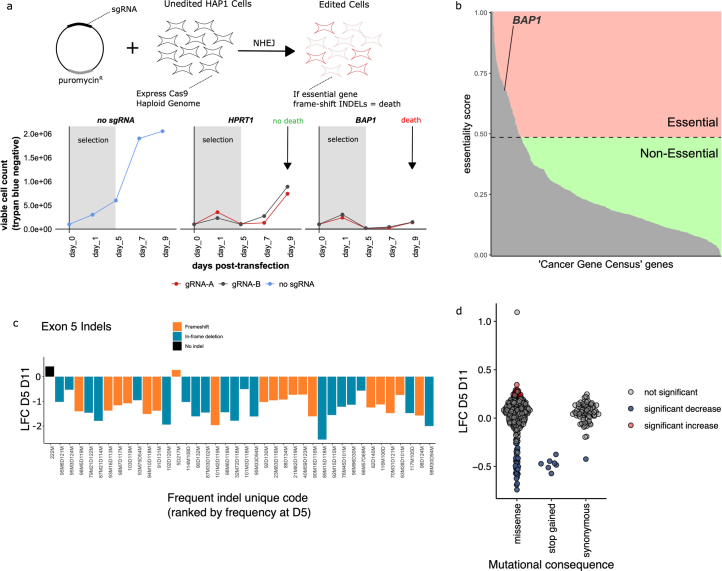Extended Data Fig. 2. BAP1 is essential in HAP1 cells and amenable to SGE.
a. Experimental scheme and viable cell counts in polyclonal Cas9+ LIG4- HAP1 cells after targeting loci with sgRNAs, based on assumed non-homologous end joining (NHEJ). Cells targeted with BAP1 sgRNAs do not strongly increase in number between day 7 and day 9 post-transfection whereas sgRNAs to a known HAP1 non-essential gene, HPRT1 do. A plasmid not expressing a sgRNA which does not cleave the genome, shows log growth between day 5 and day 7, plateauing between day 7 and day 9 due to confluency. This demonstrates that cutting the genome at a non-essential locus has some genotoxic effects. b. Hart et al.65, HAP1-derived Bayes factor essentiality data was scaled across all genes included in the Cancer Gene Census66 (as of 2020). The dashed line marks the scaled value for the threshold Bayes factor (>6) above which there is a ~90% probability of essentiality. BAP1 position relative to other genes is shown. c. Cells edited in a similar manner to that shown in ‘a’ were sampled at day 5 and day 11 and indels counted and ranked by frequency, frameshift and in-frame deletions deplete over time suggesting essentiality of the BAP1 locus. d. A pilot SGE experiment using a minimal library at exon 5 shows screening by SGE at the BAP1 locus works as expected, with stop-gained variants depleting, synonymous variants generally not changing and missense variants showing a spectrum of variant effect.

